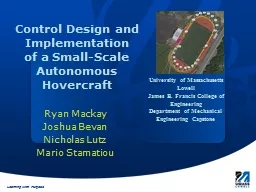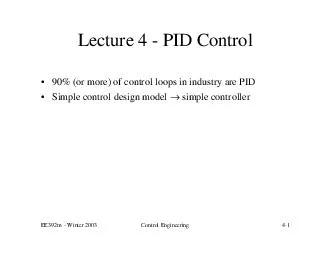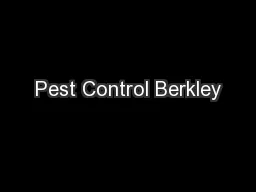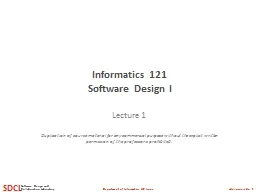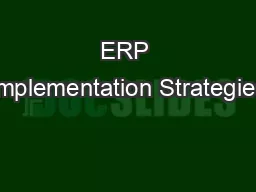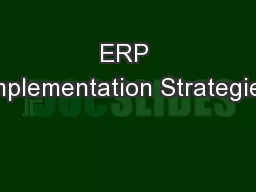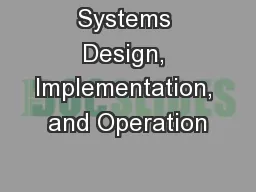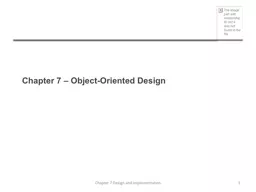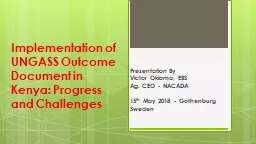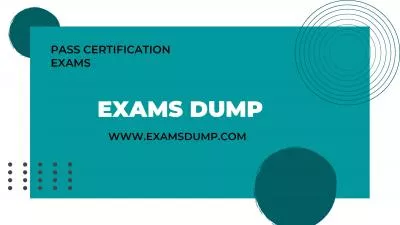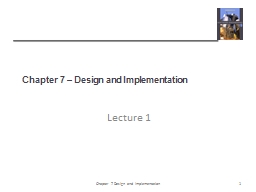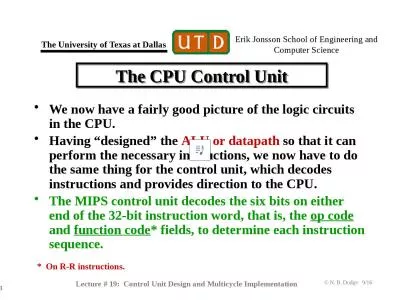PPT-Control Design and Implementation
Author : celsa-spraggs | Published Date : 2016-05-07
of a SmallScale Autonomous Hovercraft Ryan Mackay Joshua Bevan Nicholas Lutz Mario Stamatiou University of Massachusetts Lowell James B Francis College of Engineering
Presentation Embed Code
Download Presentation
Download Presentation The PPT/PDF document "Control Design and Implementation" is the property of its rightful owner. Permission is granted to download and print the materials on this website for personal, non-commercial use only, and to display it on your personal computer provided you do not modify the materials and that you retain all copyright notices contained in the materials. By downloading content from our website, you accept the terms of this agreement.
Control Design and Implementation: Transcript
Download Rules Of Document
"Control Design and Implementation"The content belongs to its owner. You may download and print it for personal use, without modification, and keep all copyright notices. By downloading, you agree to these terms.
Related Documents

